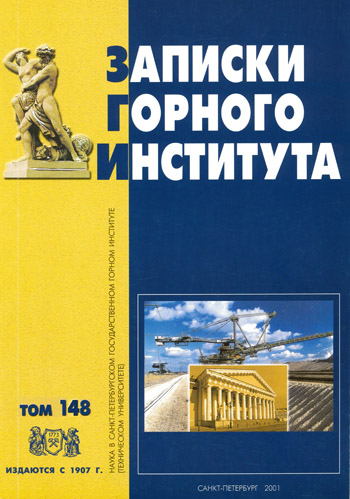Prediction of stress wave parameters in kimberlites based on the model of layered isotropic elastic media
- 1 — Saint Petersburg Mining University
- 2 — Saint Petersburg Mining University
- 3 — ZAO Udachinsky MMP
- 4 — ZAO Udachinsky MMP
Abstract
The problem of resource saving when mining diamond-bearing kimberlites at the Udacha open pit of ZAO Udachinsky GOK is extremely relevant, since in the last decade there has been a stable tendency of reducing the quality of commercial products - diamond crystalline raw materials. Examination of the character of damages of diamond monocrystals suggests that the technological defects of crystals are caused, first of all, by the pulse mode of loading crystals of host rocks at the stages of explosive destruction, mechanical crushing and grinding of kimberlite ore at the crushing and milling equipment. This is evidenced by the nature of damage to diamond single crystals manifested in crushing, shear and chipping cracks. The highest damageability occurs in medium and large diamonds, especially of the +2 class. In its turn, according to the CCA, taking into account the cost of diamonds of different size and quality groups, 1% increase in preservation allows to get an additional profit of about $7 million. ALROSA's efforts are aimed at improving the natural preservation of rough diamonds, which is why research has been resumed to predict the parameters of stress waves that are potentially dangerous in terms of damage to the rough diamonds. Since kimberlites are breccia and tuff-like rocks with rather homogeneous properties in layers with different elevations, which tend to increase acoustic stiffness with depth of occurrence, they can be considered as layered homogeneous isotropic elastic media.
